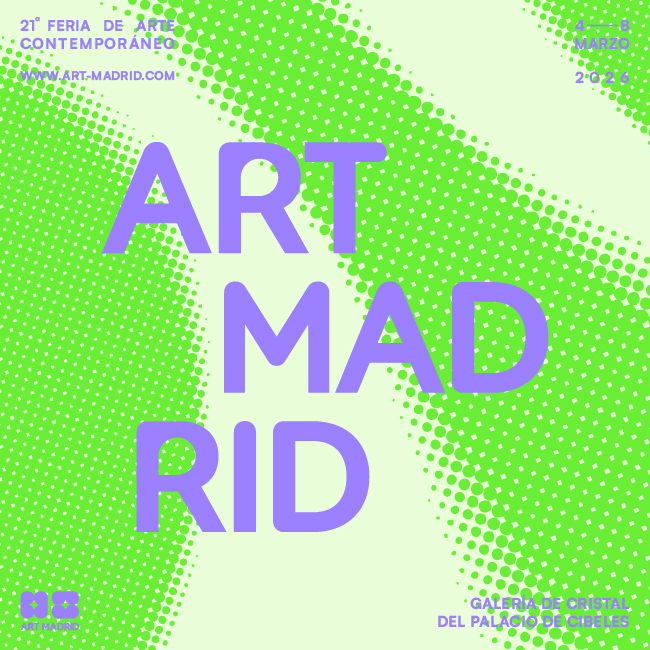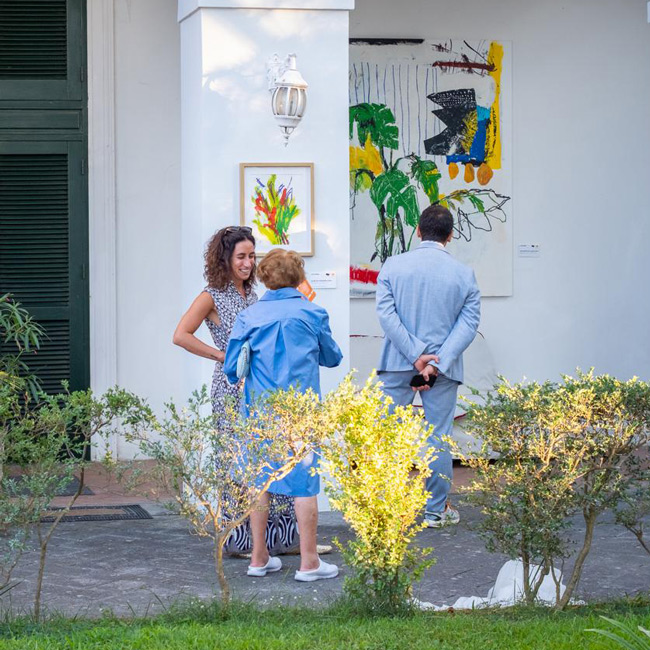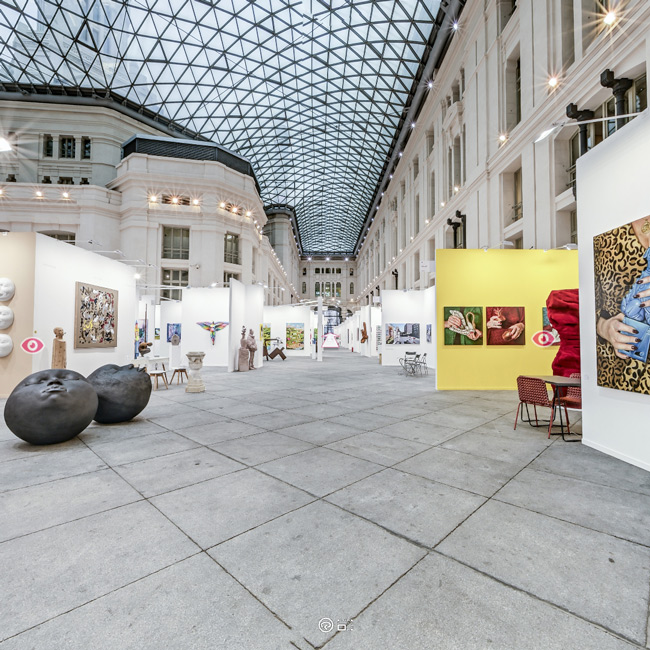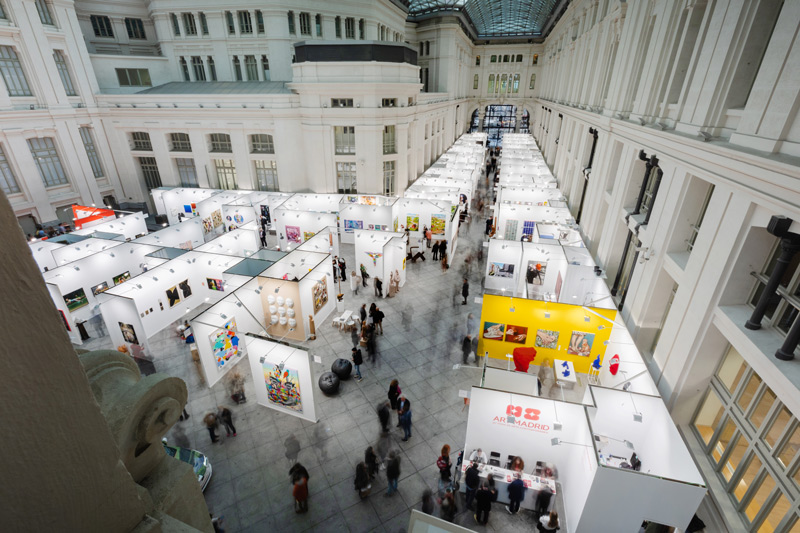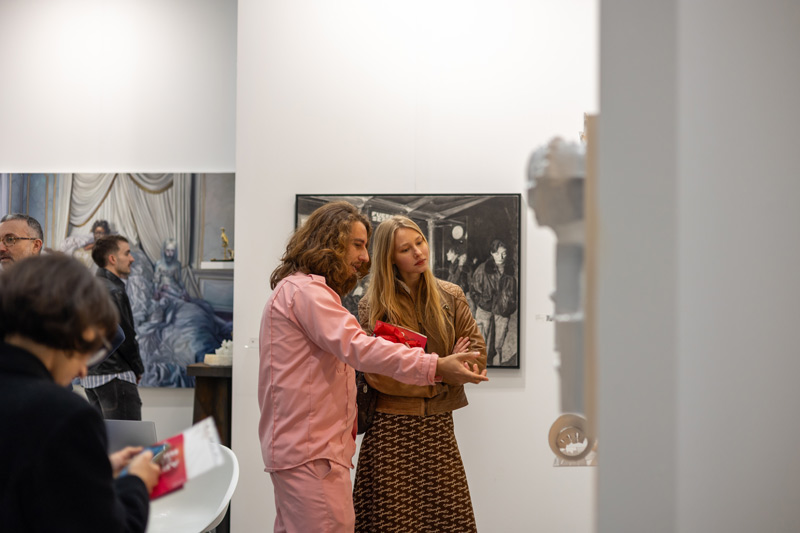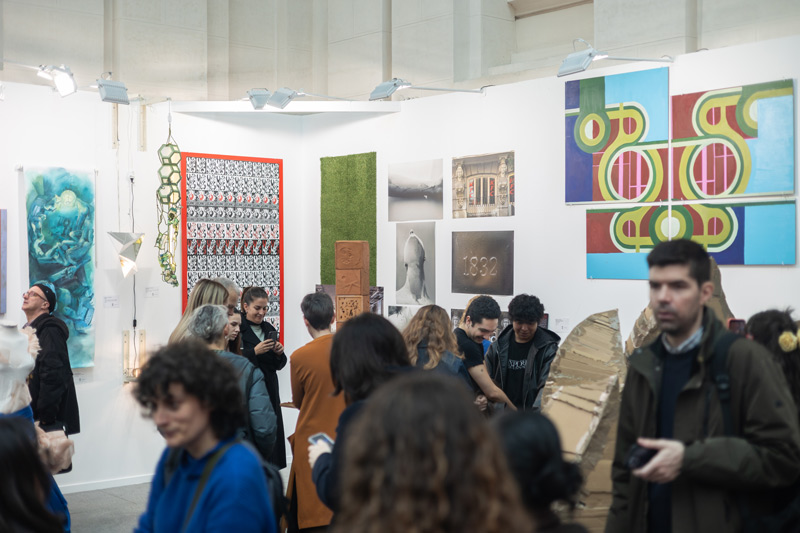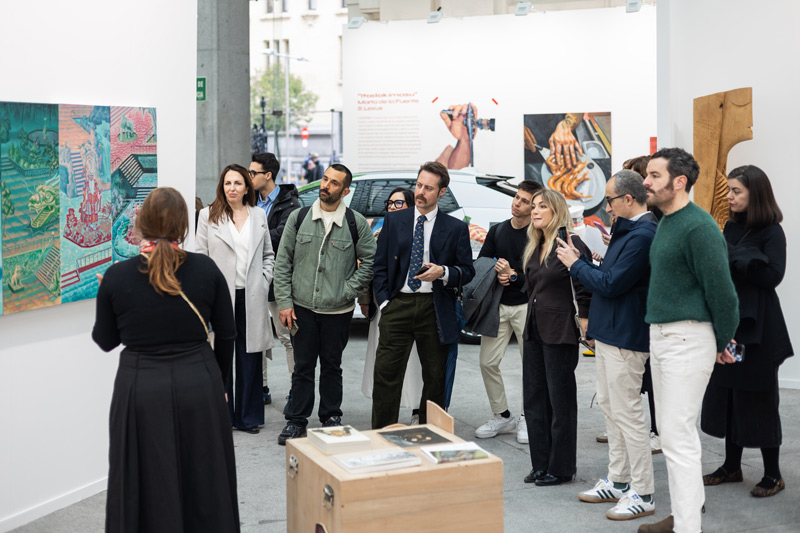20 WOMEN ARTISTS YOU NEED TO KNOW AT ART MADRID’25
Jan 7, 2025
art madrid
The presence of women artists in the contemporary art circuit remains marked by structural inequality that, although showing recent progress, still reveals a significant gender gap. According to the 2024 Contemporary Art Market Report by Artprice, female artists have gained greater visibility and prominence in the market. Between 2023 and 2024, seven women ranked among the top ten ultra-contemporary artists by auction revenue, and the number of transactions involving their work has tripled over the past decade, reaching record levels in 2023. However, these advances, while encouraging, remain insufficient when analyzed from a global perspective, underscoring an urgent need for more equitable and sustained representation. In this context of transformation, change has been driven by a critical reassessment of art history and the commitment of key stakeholders in the cultural ecosystem. Women artists, who have historically been marginalized, are now emerging as a force challenging established norms.
Art Madrid’25 strengthens its commitment to showcasing women artists by bringing together twenty creators from diverse generations and geographies - including Spain, Portugal, Brazil, Cuba, Peru, Taiwan, Germany, Sudan, Argentina, and Mexico - to highlight their strength and authenticity. This selection prioritizes not only the quality of their proposals but also their ability to engage viewers, inviting us to understand art as a plural and essential territory. Through this initiative, we invite both collectors and the public to discover and value a multiplicity of perspectives that, when brought together, enrich the contemporary art landscape.
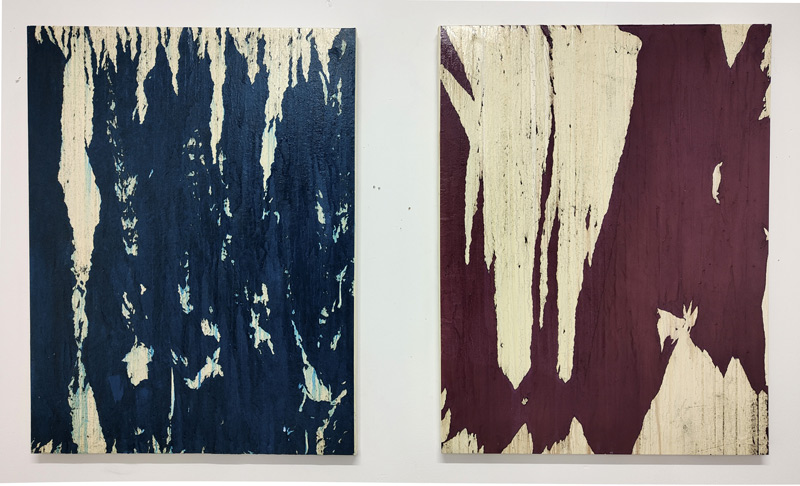
ALBA LORENTE. Carmen Terreros Gallery
Alba Lorente (Zaragoza, 1994) lives and works in Madrid, although she maintains a strong connection with her hometown. She holds a degree in Fine Arts from the University of Zaragoza, a Master's in Interdisciplinary Artistic Production from the University of Granada, and a PhD in Fine Arts from the University of the Basque Country. Her career has continuously grown. She has been recognized with important awards, such as the fellowship at Casa Velázquez and the award for the best Aragonese artist in 2023. Her work is based on the deconstruction and regeneration of materials, using white and Chinese ink. Influenced by the destructive aesthetics of some Latin American artists from the 1960s, she addresses destruction as a form of creation and a way to channel the most intense human impulses.
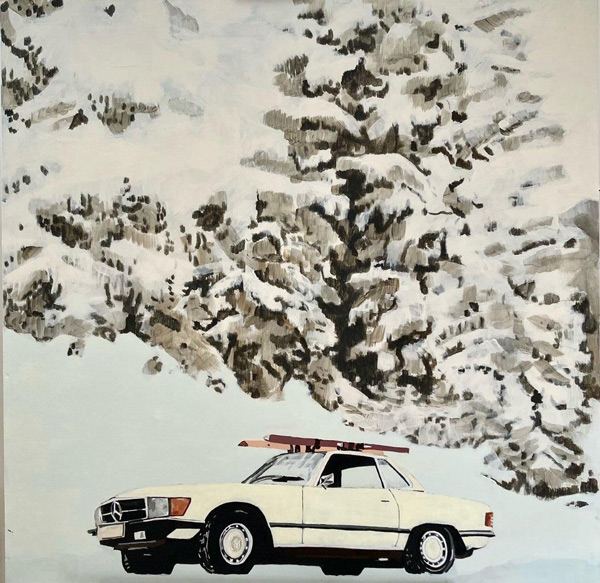
ANA CARDOSO. São Mamede Gallery
Ana Cardoso (Porto, 1980) is one of the most singular voices in contemporary Portuguese art. She holds a degree in Fine Arts from ESAP and a PhD in Art and Design from FBAUP. Her career combines academic rigor with a creativity that continues to evolve. In her work, the dialogue between the figurative and the abstract stands out through a composition that combines the serenity of the landscape with the presence of objects or human bodies. She uses formal simplification to invite the viewer to reflect on time and memory, exploring how everyday objects can become carriers of emotional and identity-based meaning.

ANA PÉREZ VENTURA. Metro Gallery
Ana Pérez Ventura (Santiago de Compostela, 1981) is a visual artist deeply influenced by her training as a classical pianist. Her work, focused on painting, seeks to translate the ephemeral essence of time, characteristic of music, into tangible visual forms. Through rhythmic repetition, almost metronomic, she creates an organic record of the passage of time, transforming the intangible into something concrete and palpable. With studies in Fine Arts and Music in Vigo, Barcelona, Amsterdam, and the Sorbonne in Paris, where she obtained a Master's degree in 2011, she has dedicated her life to exploring the dialogue between the visual arts and music, transforming the ephemeral into the tangible and giving form and substance to the elusive nature of time.
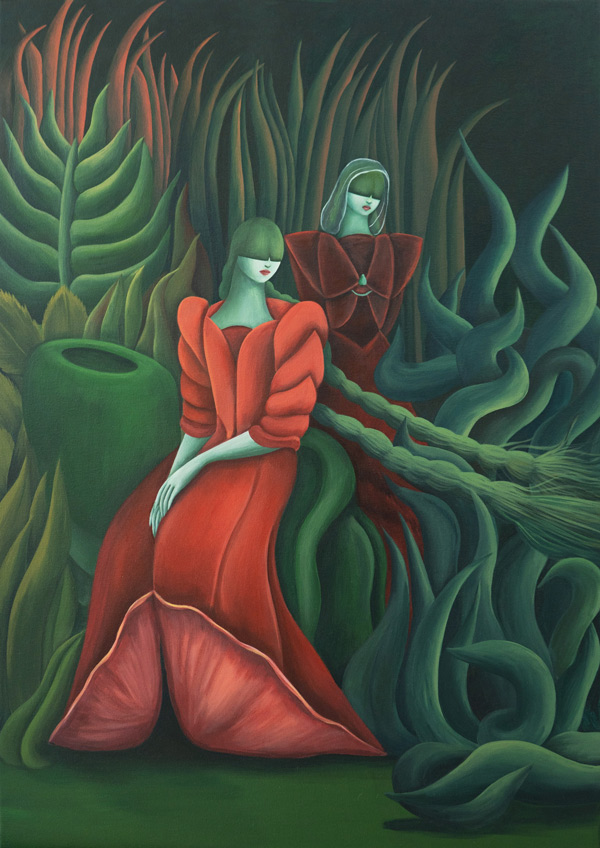
BRENDA CABRERA. Collage Habana
Brenda Cabrera (Havana, Cuba, 1997) is a visual artist and designer who graduated from the San Alejandro Academy and the University of the Arts (ISA). Her work spans various disciplines such as drawing, painting, and NFTs, but it is her creation of a unique universe that distinguishes her: the Prototypes. These hybrid characters design their own coexistence policies within an autonomous ecosystem that, through a reinterpretation of gender roles, domestic politics, and identity construction in contemporary life, explores the complex relationships between the individual and the collective. The artist builds her imagery from childhood memories, marked by the visual and material traces of the former Soviet Union, as well as familiar objects that shape her artistic vision.
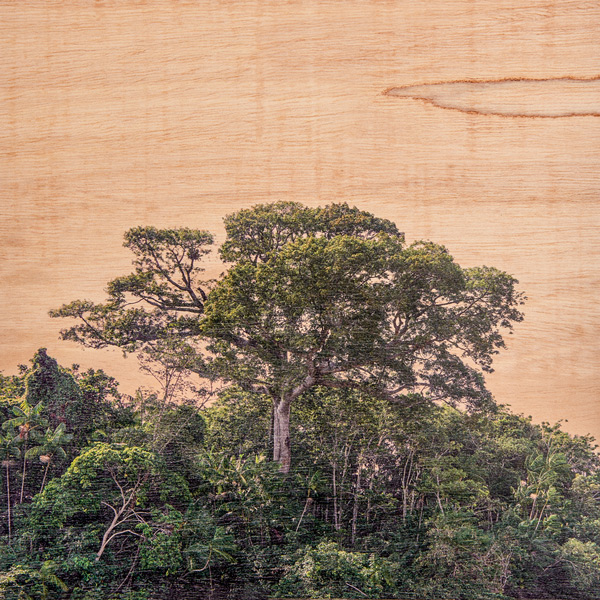
ANNA GUILHERMINA. Jackie Shor Projects
Anna Guilhermina (Brazil, 1980) creates impossible landscapes that exist between dream and reality. With a background that spans from Architecture and Urbanism to photography and contemporary art, she has developed a deeply experimental body of work that dissects nature into visual and material layers. Her artistic language, marked by montage and fragmentation, combines elements such as wood, glass, copper, and acrylic to create settings that challenge perception. These landscapes not only reveal an interest in the layering of forms and textures, but also propose a dialogue between figuration and materials, oscillating between solidity and evanescence.
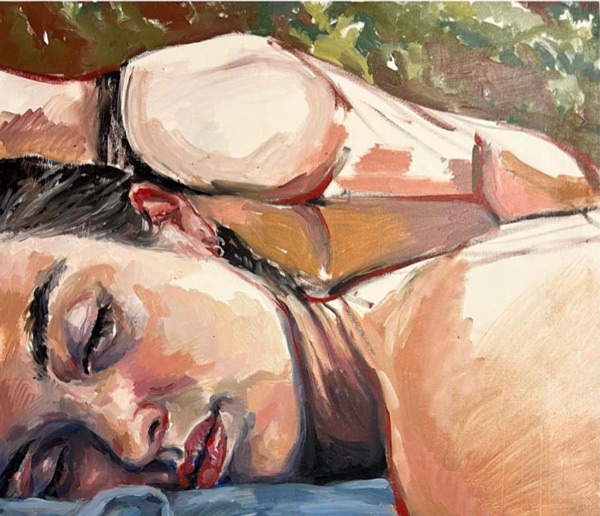
INÉS JIMM. Canal Gallery
Inés Jimm (Seville, 1996) has made vulnerability the central theme of her work, where dreams are presented as a space of absolute freedom. With a Master's degree in Digital Art and Illustration (2020) and a Master's in 2D Animation (2021) from Trazos School, Jimm has perfected her technique, using oil painting to capture the precise moment when bodies shed their roles and masks, revealing their utmost fragility. Dark circles, recurrent in her compositions, are not just a physical trait but an autobiographical reflection of existential fatigue and the tension between rest and awakening. Her style, influenced by Sorolla and Freud, invites the viewer to question the intimacy of such private moments, generating a discomfort that challenges the boundaries of observation.
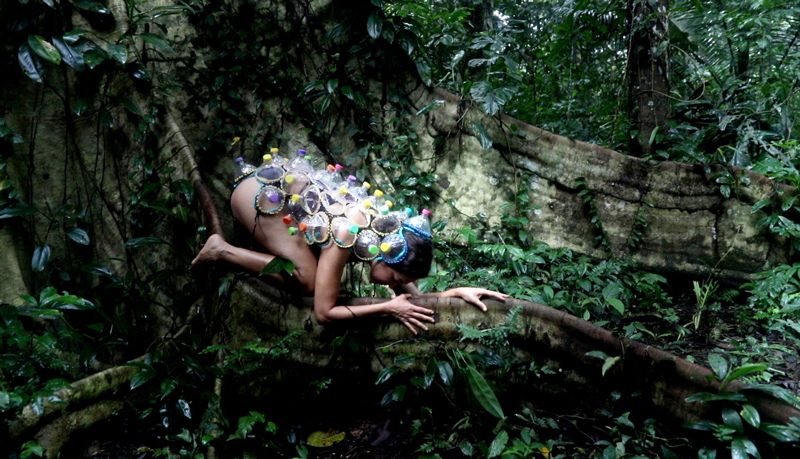
CAROLINA BAZO. O Art Project
Carolina Bazo (Lima, Peru, 1968) is one of the most prominent voices in contemporary Peruvian art, whose works have crossed borders to be showcased on international stages. She studied painting at the Pontifical Catholic University of Peru (PUCP) and refined her technique at the Akademie der Bildenden Künste in Munich, Germany. Her work, which spans from printmaking to sculpture and installation, is characterized by a constant reflection on identity and memory. In the 1990s, during a time of political and social turmoil in Peru, her work became linked to feminist activism, challenging imposed narratives and questioning the misogyny of Lima's cultural sphere. Bazo’s work not only challenges social structures but also invites the viewer to inhabit a space between playfulness and depth, between fullness and emptiness, between what is visible and what remains hidden.
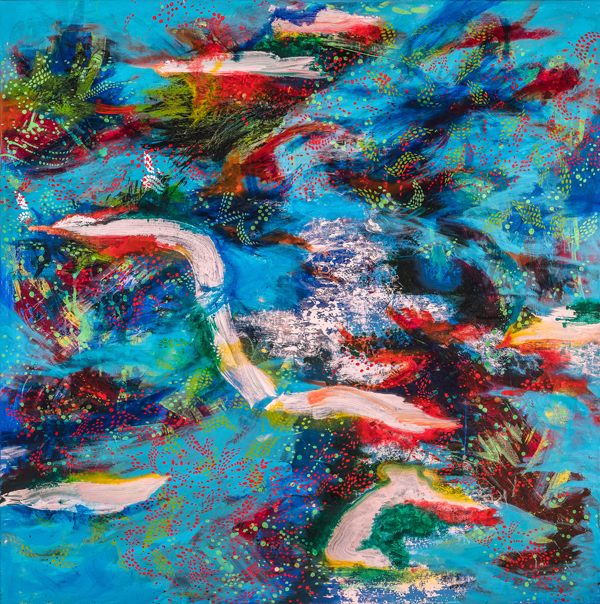
SULING WANG. CHINI Gallery
Suling Wang (Taichung, Taiwan, 1963) began at an early age to weave a complex relationship in her mind between the worlds that shaped her: the East, where she grew up near the Dajia River, and the West, which she embraced when she studied at Central Saint Martins and the Royal College of Art in London. Through her large abstract paintings, Wang merges these seemingly opposite universes, creating her own visual language that transcends cultural boundaries. After two decades in London, where her art gained international recognition, Suling Wang returned to the small town of Taichung, where she rediscovered the stillness she needed to continue her exploration. Her paintings, now part of significant international collections such as those of the Guggenheim in New York and MOCA in Los Angeles, are not only a fusion of techniques and traditions but also a profound reflection on time, space, and memory.
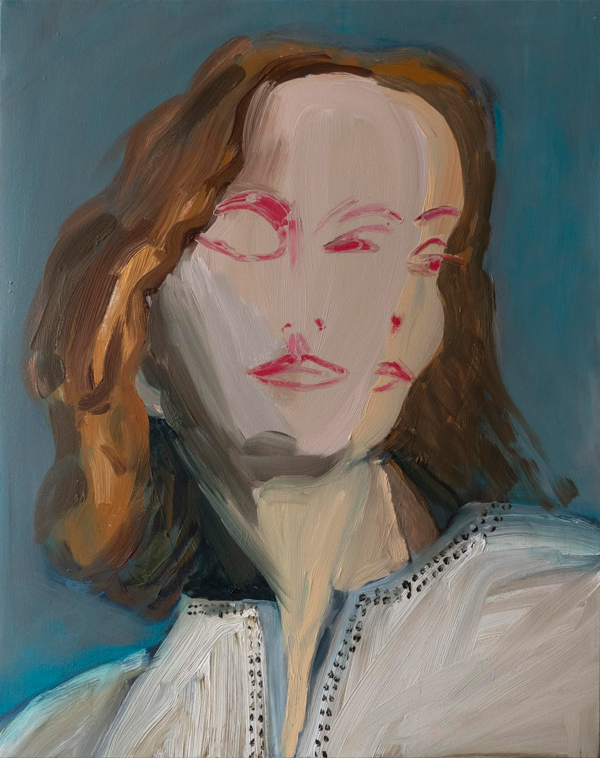
CLAUDIA DORING BAEZ. O Art Project
Claudia Doring Báez (Mexico City, 1956) has developed most of her career in New York, where she has established herself as one of the most significant voices in contemporary painting. Her work is a constant dialogue with the history of art and literature, a conversation that, through an expressionist and renewed language, becomes personal and unique. Claudia adopts and reinterprets details from the works of great artists of past centuries, from German Expressionism to the poetry of Marcel Proust, through Titian, Fra Angelico, and Vermeer. Through this process of appropriation and recreation, she creates work that not only dialogues with the past but also transforms it, taking tradition to a new ground, full of emotion and depth.
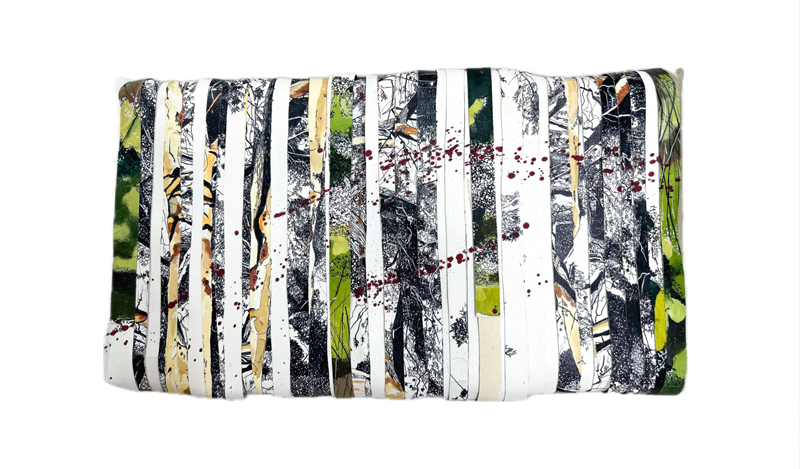
TATIANA BLANQUÉ. Espiral Gallery
Tatiana Blanqué (Sant Cugat del Vallès, Barcelona, 1971) is a highly regarded visual artist both nationally and internationally. Her studies in Fine Arts at the University of Barcelona marked the beginning of a career dedicated to painting and sculpture. Coming from a family involved in fashion and photography, Blanqué has been immersed in creativity since her childhood. The artist seeks to encapsulate small fragments of reality, observing the interaction between people and their surroundings in geometrically ordered spaces that allow for personal reflection. Her work is characterized by the use of white and timeless settings that invite the viewer to interpret what they find within them.
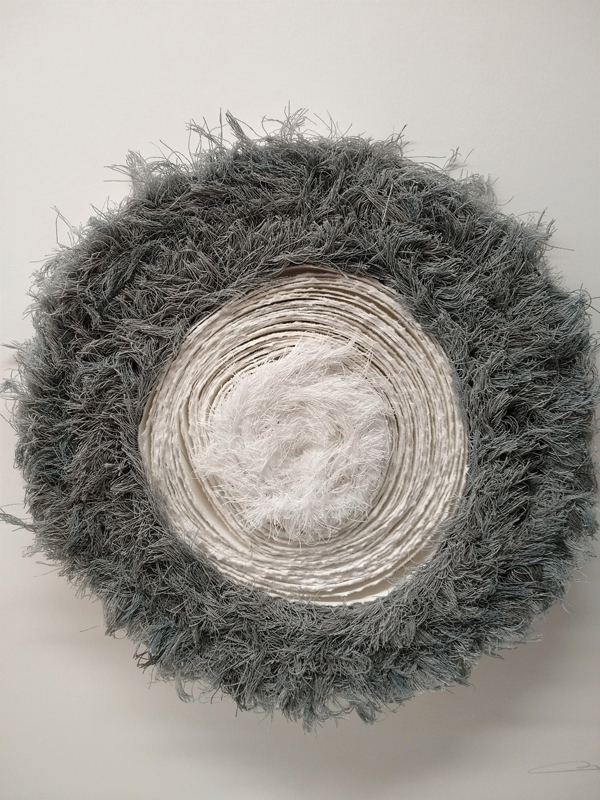
FRANCESCA POZA. Alba Cabrera Gallery
Francesca Poza (Mataró, 1965) has developed an artistic body of work that is, above all, an exercise in resistance against forgetting. Her training in printmaking and pastels, combined with studies in graphic design and forging, has led her to a constant process of experimentation with paper. She is known for her ability to transform simple materials, such as recycled paper, into pieces loaded with meaning and emotion. Founder of the Deep Editions publishing house and the GAP artist group, Poza has also been a teacher, imparting her knowledge in various workshops and associations, including the School of Art and Design Deià in Barcelona and the Catalan Association "La Llar" for those affected by Multiple Sclerosis. Her work has been recognized in numerous solo and group exhibitions, both in Spain and southern France.
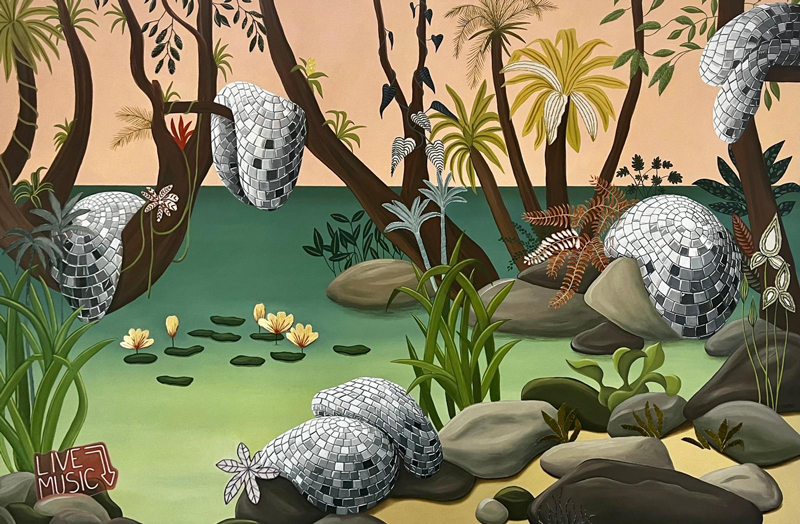
INÉS RUBIO ROA. Moret Art
Inés Rubio Roa (Madrid, 1996) is a visual artist from Madrid with a double degree in Fine Arts and Architecture. In her work, figurative art becomes a way to shape a dreamlike universe filled with elements rich in personal symbolism and nostalgia. Her approach moves between surrealism and empiricism, merging free imagination with the observation of the tangible world. For her, painting is an act of exploration, a means to convey fleeting yet intense sensations, always seeking a connection that transcends the time and materiality of the artwork.
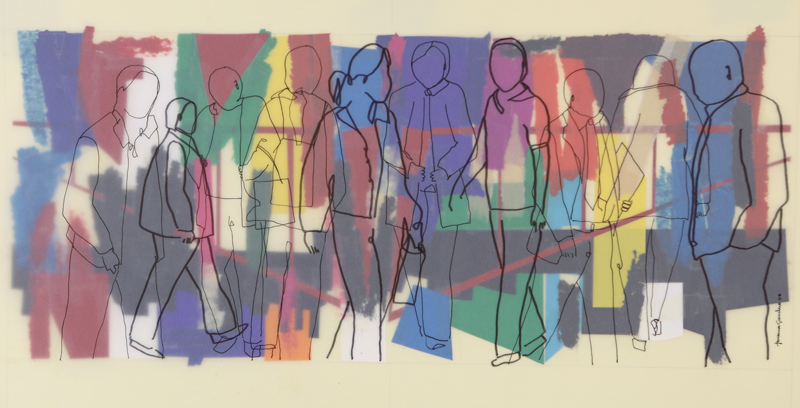
JOANA GACHO. Trema Arte Contemporânea
Joana Gacho (Évora, Portugal, 1980) studied at the Faculty of Fine Arts at the University of Lisbon, specializing in painting. Her work reflects a fascination with the city, a space that, for her, becomes a stage for anonymous and dynamic encounters. The figures populating her canvases, stripped of faces and individual character, dissolve into the architecture, into the geometry that defines the urban landscape. She plays with the idea of the window as a boundary to our perception, showing that the city, even though we observe it closely, continues to exist beyond what we are able to see.
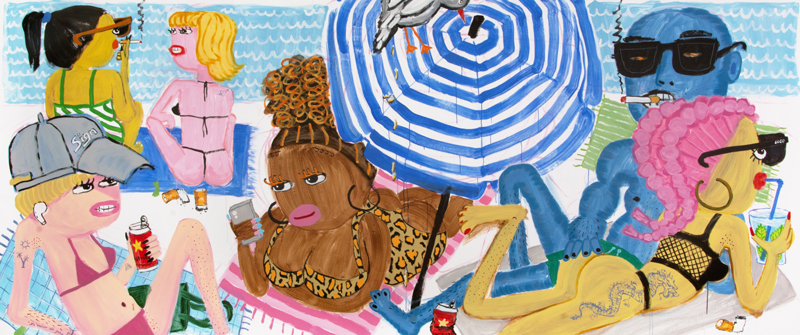
KATHARINA ARNDT. Ting Ting Art Space
Katharina Arndt (Germany, 1981) lives and works between Berlin and Barcelona. Trained at the Braunschweig School of Art, she earned her Master's in Fine Arts under the direction of John Armleder. Arndt uses media such as PVC film, lacquered paper, and plexiglass, combining glossy acrylic painting and lacquer markers to address the materialistic and plastic culture of the digital age. In her work, she takes a critical approach to the representation of digital communication and mass consumption, reflecting a society obsessed with image and instant entertainment. The figures in her paintings, often caricatured and childish, represent the emptiness and superficiality of a culture where aesthetics have become the only priority, while human connection increasingly fades away.
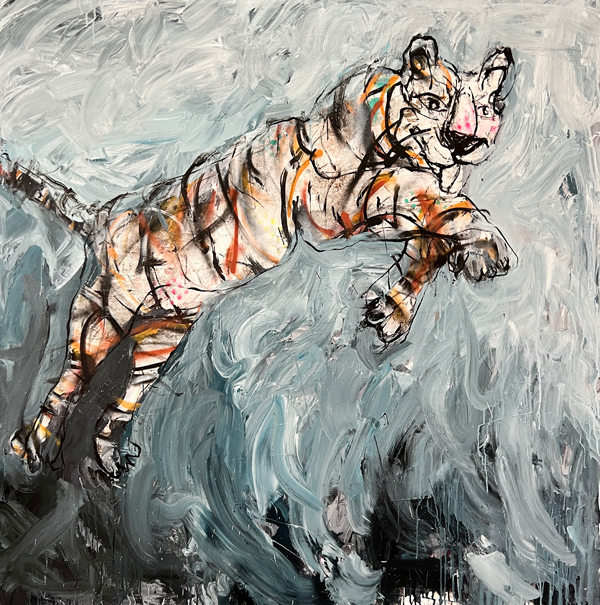
LARA PADILLA. 3 Punts Gallery
Lara Padilla (Madrid, 1988) is a multidisciplinary artist whose work spans painting, sculpture, dance, performance, and fashion design. With training in Fine Arts and Film Photography, Lara Padilla has exhibited her work both nationally and internationally at venues such as Art Basel Miami and the Museo de Zapadores in Madrid. Her work, influenced by artists like Basquiat and Keith Haring, explores themes such as equality, consumerism, immigration, and freedom of expression. Through her figurative works, she uses body deformation, color, and textures to advocate for the power of female representation; she sees art as a form of political intervention, promoting diversity and equality through an aesthetic that challenges norms and celebrates authenticity.
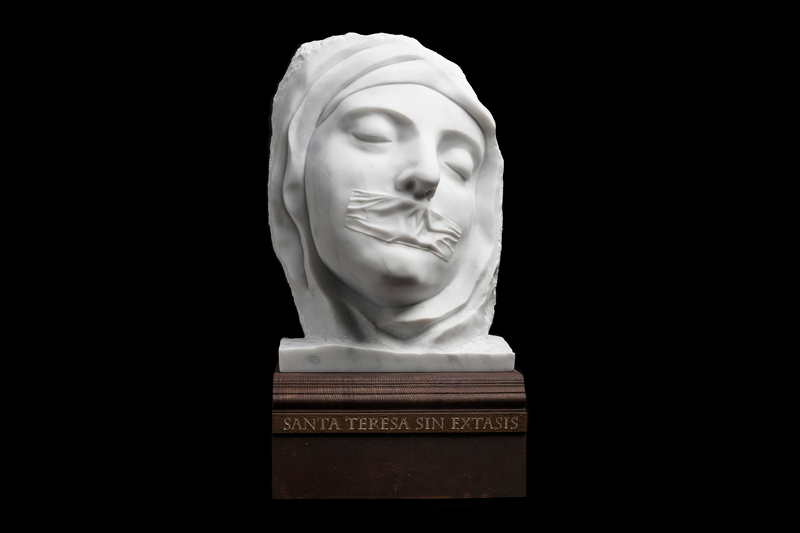
NÚRIA TORRES. Inéditad Gallery
Núria Torres (Barcelona, 1976) is a sculptor passionate about transforming the everyday into art through marble, porcelain, and bronze. After graduating in Engineering, she dedicated herself to sculpture at the Llotja School of Barcelona, where she found her true vocation. Her sculptural work stands out for her dedication and technical perfection, especially in handling stone, which requires extreme precision. The sculptor plays with porcelain and bronze to bring versatility and strength to her pieces, which range from small details to large-scale monumental sculptures. Throughout her career, she has collaborated with artists such as Antoni Miralda and has been recognized at various international biennials. Her art is figurative, but with a contemporary perspective that adds a touch of realism, always seeking new forms of expression and representation.
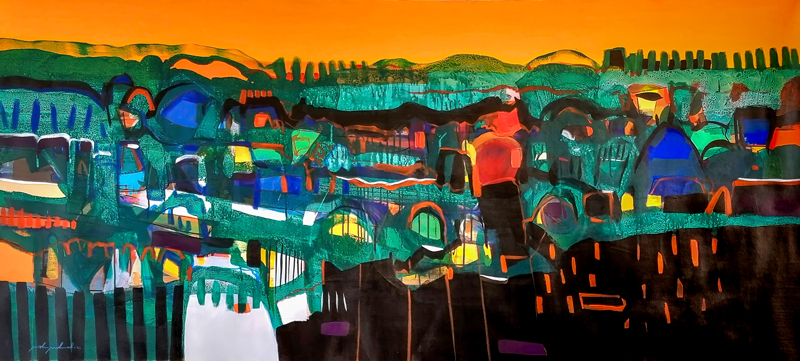
MISKA MOHMMED. OOA Gallery
Miska Mohmmed (Omdurman, Sudan, 1995) is an artist whose work transcends the boundaries of reality and imagination. Living between different landscapes, from the arid ones in northern Sudan to the vibrant ones in Nairobi, Kenya, has influenced her artistic vision. Her training at the Faculty of Fine Arts at the University of Sudan led her to develop a unique technique in which she uses oil and acrylic to create semi-abstract landscapes, capturing nature through broad horizontal lines that evoke the atmosphere and spirit of the terrains that inspire her. Her art reflects the interaction between reality and imagination, offering a vision of a changing and dynamic world. By capturing the atmosphere of the landscapes, Mohmmed creates images that are not only visually striking but also invite reflection on the transformation and continuous flow of nature and memory.
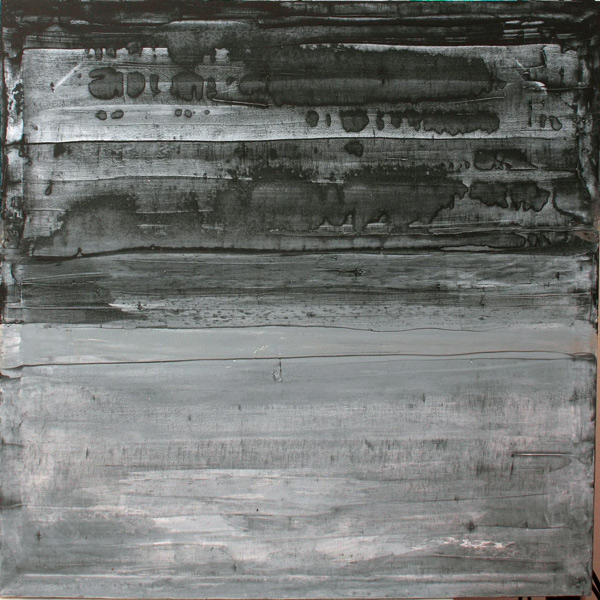
MARCELA JARDÓN. Uxval Gochez Gallery
Marcela Jardón (Buenos Aires, Argentina, 1964) is a multidisciplinary artist whose work has transcended borders. Trained at the National School of Fine Arts at the National University of the Arts in Buenos Aires, her work has been exhibited at various international fairs and events in the Americas, Europe, and Asia, establishing her as a prominent figure in contemporary art. Currently based in Barcelona, her work spans a variety of disciplines, including painting, sculpture, and digital art. Jardón’s pieces have found their place in public and private collections worldwide, clearly demonstrating the impact of her creative work.
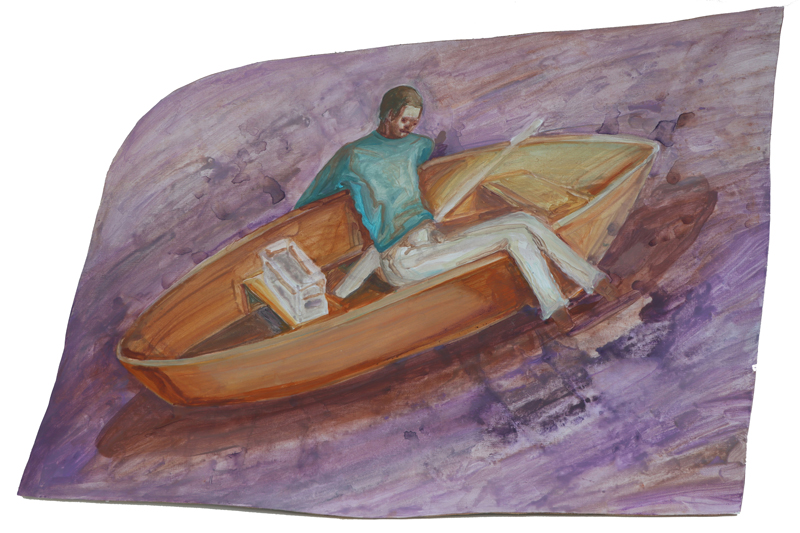
WANG GUAN-JHEN. Yiri Arts
Wang Guan-Jhen (Taiwan, 1992) is an artist whose work explores themes of isolation and loneliness with a unique emotional intensity. After obtaining her Master’s in Fine Arts from the National University of the Arts in Taipei in 2018, she has created pieces that convey a sense of desolation, as if her characters float in an empty space, touched only by fleeting moments of warmth before being once again enveloped in darkness. Her works, with seemingly indifferent expressions, reveal deep stories of loss and despair, where the underlying emotional tension translates into sighs full of tenderness, like a thin line between rationality and passion, making them especially captivating. Her work is part of the collection of the National Museum of Fine Arts of Taiwan, establishing her as one of the most prominent voices in contemporary art in her country.
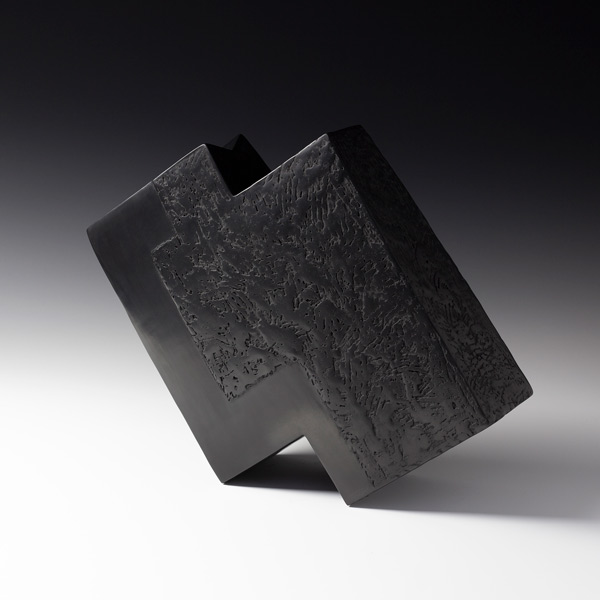
BRIGITTE MARIONNEAU. Pigment Gallery
Brigitte Marionneau (France, 1955) has built a career in contemporary sculpture marked by a sensitivity that transcends the visible. Her works, which explore the relationship between the human body, space, and nature, are not limited to static forms but invite deep reflection on existence and perception. Using materials such as stone, bronze, marble, and steel, the artist creates pieces that, while minimalist in aesthetic, carry a tremendous emotional weight. In these works, empty space is never absent but dialogues with the solidity of the material, suggesting a balance between fragility and strength, between the visible and the intangible.

